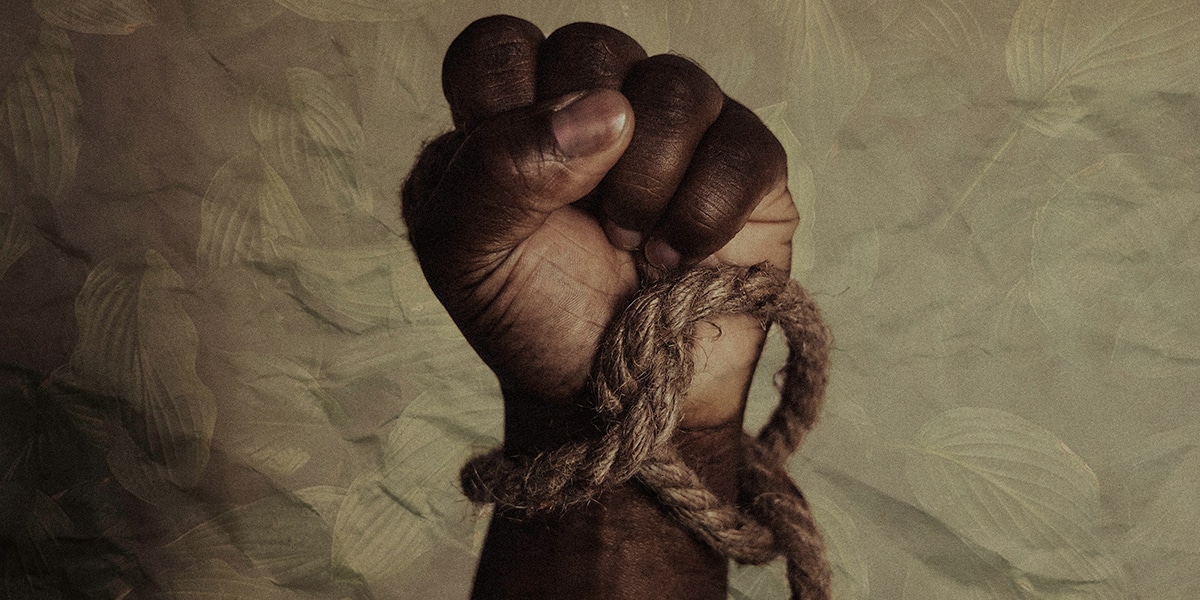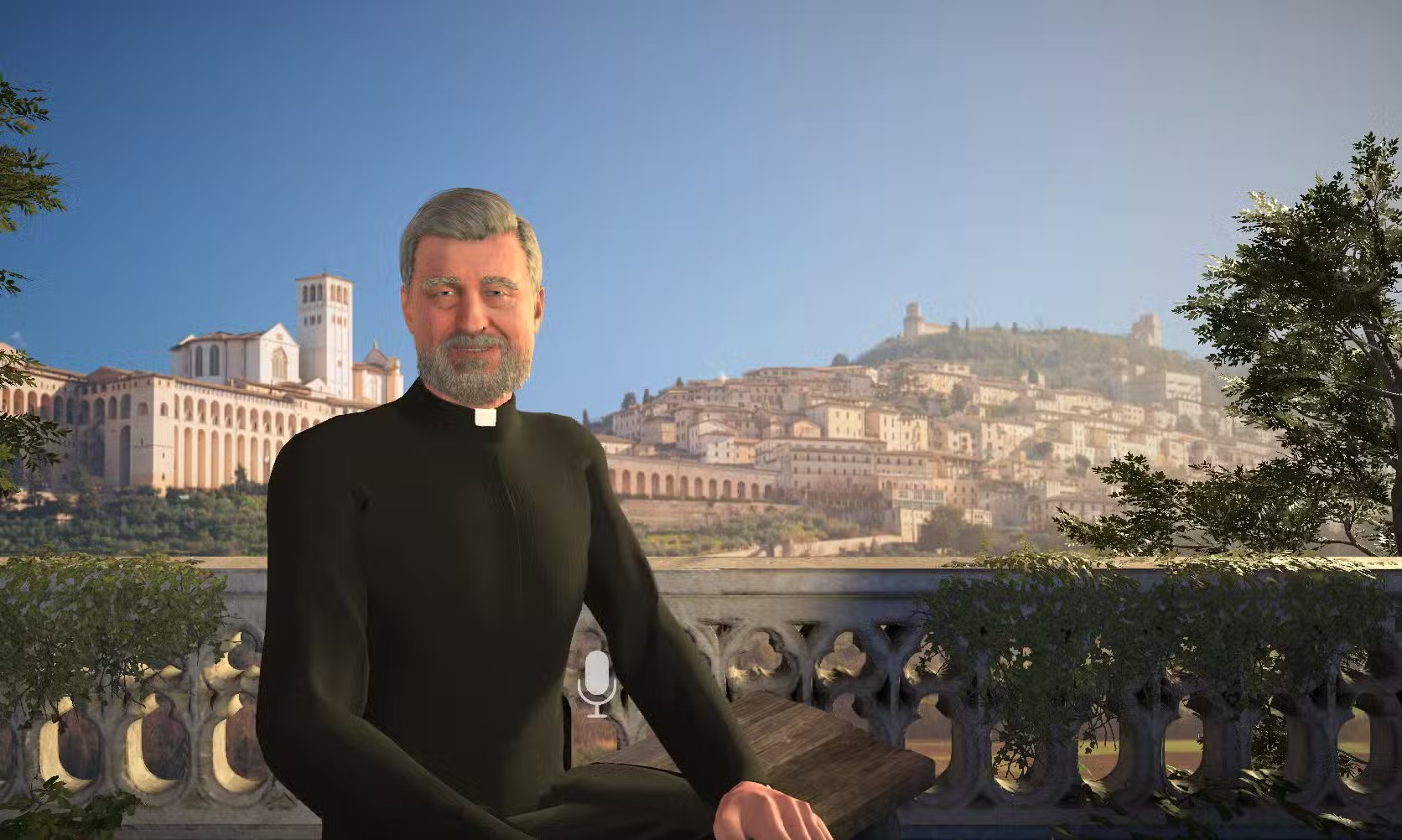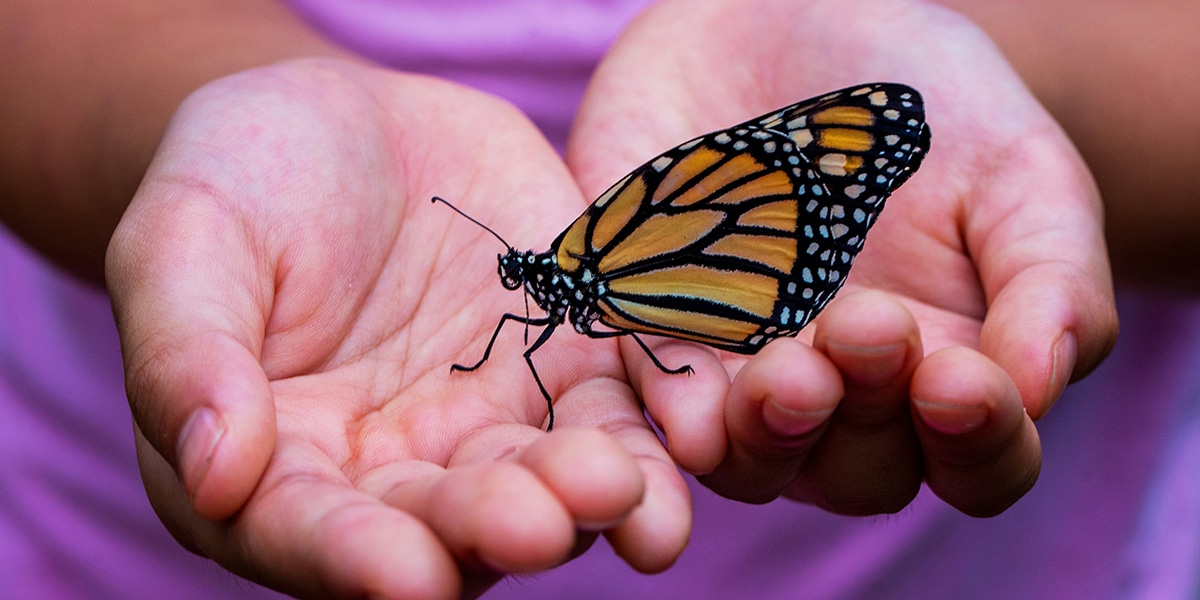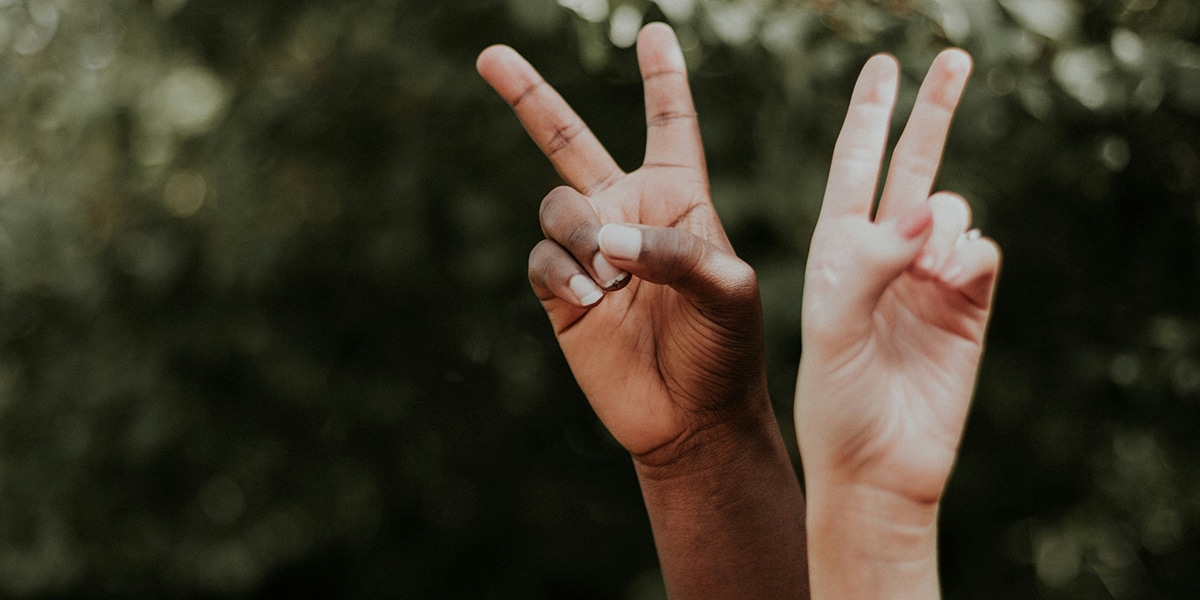Earlier this summer, I took a plane from Chicago to the Mississippi Delta to go on a pilgrimage around the Gulf Coast and deep into southern Texas to the border of Mexico.
It was a five-day road trip put together by my friend Lisa Sharon Harper and her organization, FreedomRoad.us. The purpose was to look at the intersection of theology and economics in the deep history of the American South.
We spent the first day at the Whitney Plantation, about an hour outside New Orleans in St. John the Baptist Parish/County. Established in 1752, the Whitney property was used to grow sugar, rice, and indigo. Like so many similar farms across the South, it was a forced-labor camp, and it now serves as a “museum of slavery.”
Our guide, Dr. Ibrahima Seck, led us on a journey across the property, helping us understand the physical and psychological brutality used to control and terrorize human beings for generations at Whitney.
From there, we traveled several hours west to Sugar Land, Texas, to visit a mass grave. Here nearly a hundred African American convicts—themselves the descendants of slaves—had been worked literally to death in a forced-labor camp. They were rented out by the prison warden to the Imperial Sugar Company, and they died from starvation and exhaustion. They were buried where they dropped.
After the Civil War, the 13th Amendment outlawed slavery, except for felons. This clause was exploited for decades, into the early 20th century, to continue the practice of slavery by another name.
From Past to Present
On the third day, we traveled to San Antonio to visit the Alamo. Standing in front of it, I realized that the image in my head from the history books was not the fort, but rather the mission church. Along the back wall near the altar was where the “heroes” of the Alamo took their last stand against the Mexican army.
In 1829, Mexico had abolished slavery. Davy Crockett and his compatriots were fighting to free Texas from Mexico in order to guarantee that they could continue to own slaves. They took their last bloody stand for this cause, using a church altar as their shield.
The fourth day found us near the US-Mexico border at the offices of LUPE (La Unión del Pueblo Entero), a farmworker and immigrant rights organization cofounded by César Chávez. The lust for exploitive farm labor that drove the horrors of the Whitney Plantation and the fields of Sugar Land are alive and well on our border. We met and talked with those who work every day to preserve and protect the human dignity of the most vulnerable among us on our borders.
A Wake-Up Call
At dawn on our final morning together, we drove through the endless croplands of McAllen, Texas. As we passed one field, surrounded by a fence, I recalled the words of Leviticus: “When you reap the harvest of your land, you shall not be so thorough that you reap the field to its very edge. . . . These things you shall leave for the poor and the alien. I, the Lord, am your God” (19:9).
Over five days and 1,500 miles, I confronted my inheritance as an American. This is my history—and yours. The Lord commanded that we provide for the poor and the alien among us. Instead, we have stolen their bodies and their labor. We have denied the poor and the alien their dignity and even their lives. We have reaped to the edges, in defiance of the command of the Lord.
I invite you to join me as I repent for this grave sin and as I begin to learn to make amends.








